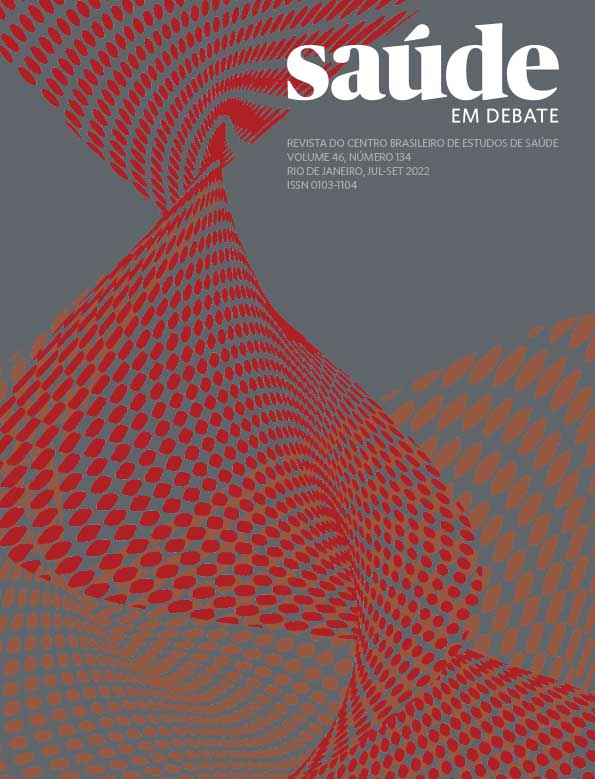The medical student in front of the homeless population: Collaborative Work as a tool
Keywords:
Comprehensive health care. Patient-centered care. Interprofessional education. Homeless persons.Abstract
This is the experience report of a medical academic from Federal University Fluminense, intern of the Education Program for Work for health/Interprofessionality, working as part of the Street Clinic of Niterói/RJ, Brazil between April 2019 and March 2020. Aiming at the recognition of challenges, limits and potential of Interprofessional Education and Collaborative Work, the narrative constructed through 44 reports sent to the Program’s preceptors and tutors was used as a methodological tool, being shared not only what the practical field as a physical space brought to light, but also what came to life through intersubjectivity in the encounter with different characters. The opportunity to follow the strategy allowed the student to know more about this essential service to ensure equity in the health of the homeless population, leading to the improvement/development of skills/tools that will compose a work centered on the formation of positive bonds with service users, in the provision of comprehensive care and collaborative health practices. It was concluded that, despite the numerous barriers, Interprofessional Education and Collaborative Work are important instruments in academic training, standing out in the production of high quality health services, especially in offering comprehensive care to people in vulnerability.
Downloads
Published
How to Cite
Issue
Section
License
Copyright (c) 2023 Saúde em Debate

This work is licensed under a Creative Commons Attribution 4.0 International License.




















